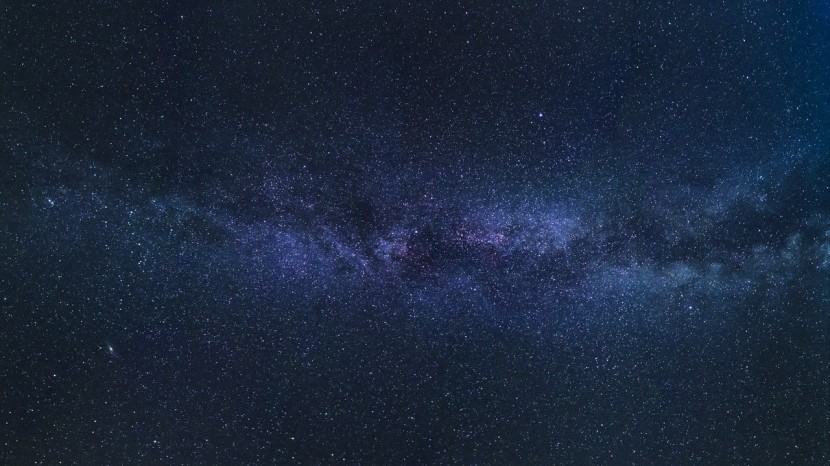
NASA's James Webb Telescope continues to impress experts and the public alike with new images that show the incredible camera power of the telescope that provides stunning scientific observations.
Astronomers said that the James Webb Telescope was in the home stretch of its testing phase and will start with taking observations of our universe in July. The latest test pictures showcase a neighboring satellite galaxy. The photos capture a stunning view of the cosmos and highlight the amazing technology compared to the Spitzer Space Telescope.
Stunning James Webb Telescope Images
Each of the James Webb Telescope's 18 mirror segments is bigger than the single one that is equipped on Spitzer. In a statement, the chief scientist for Webb's near-infrared camera, Marcia Rieke of the University of Arizona, said that one would really be surprised once they see the amazing quality of the recent images.
Webb, a $10 billion telescope, was launched last December and is the largest and most powerful astronomical observatory ever sent into space. It aims to look for light emitted by the first stars and galaxies in the universe roughly 14 billion years ago and keep a watchful eye for possible signs of life, as per Fox10 Phoenix.
Computer, enhance! Compare the same target — seen by Spitzer & in Webb’s calibration images. Spitzer, NASA's first infrared Great Observatory, led the way for Webb’s larger primary mirror & improved detectors to see the infrared sky with even more clarity: https://t.co/dIqEpp8hVi pic.twitter.com/g941Ug2rJ8
— NASA Webb Telescope (@NASAWebb) May 9, 2022
During a press briefing, the Webb project scientist, Christopher Evans, said that the team was really excited at the current stage of the project going through the final commissioning stages. He added that they were looking forward to images that it would capture in the summer because they could change astronomy forever.
James Webb has now cooled down to its final operation temperature, and it has completed its alignment procedure. Experts said that in the next two months, they would work on bringing online 17 different modules that require a number of different tests of each of the four instruments.
According to the Independent, another Webb project scientist, Klaus Pontoppidan of the Space Telescope Science Institute, said that EROs are packages of spectacular color images and other data such as spectra. The objective of these is to demonstrate at the end of commissioning to the world and the public that the telescope is fully operational and that it can produce amazing results.
Amazing Clarity and Detail
With its superior technology, the James Webb Telescope will be able to peer inside the atmospheres of exoplanets and observe some of the first galaxies that were created after the birth of the universe. It would use infrared light that is invisible to the human eye to capture the photographs.
Spitzer was once one of the space telescopes that belonged to NASA's Great Observatories program and was the first to capture high-resolution images of the universe in near and mid-infrared light. But Webb's advanced technology allows it to make more discoveries and showcase them in more detail.
Scientists studying the two images of the Large Magellanic Cloud noted that Webb's photo reveals unprecedented details of interstellar gas between the stars in the region. During a news conference, Rieke said that the make of the James Webb Telescope is similar to putting together 18 Spitzer Telescopes, CNN reported.
Related Article: [PHOTOS] Hubble Telescope Pictures Show Stunning View of "Grand Design" Galaxy, Surviving Star From Supernova
© 2025 HNGN, All rights reserved. Do not reproduce without permission.








